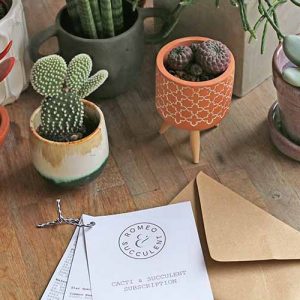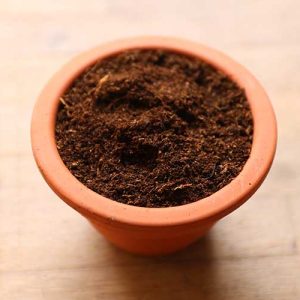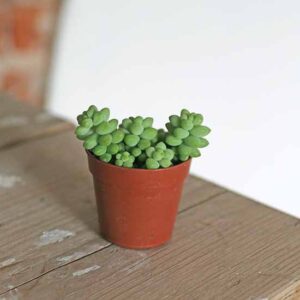HOW TO CARE FOR YOUR ALOE VERA
ALOE VERA
Aloe Vera AKA Acemannan / Aloe Africana / Cape Aloe / Burn Plant / Bitter Aloe / Elephant’s Gall
Humankind have been growing aloe vera plants for literally thousands of years. These delicate little evergreen perennials have been cultivated by cultures all over the world and are the world’s most widely used medicinal plant. Technically a species of succulent, the distinctive serrated leaves of the aloe vera grow in tidy rosettes and can be kept small in open terrariums, or allowed to grow larger in open pots and containers.
Where Does It Come From?
Originating in the south west of the Arabian Peninsula, aloe vera was naturalised in tropical climates all over the globe hundreds of years ago. The free-flowing trade routes of the ancient Silk Roads between the Islamic empires of the Middle East, southern Europe and China in the Far East meant that this useful plant quickly spread out from its original homeland, being used in early medicinal practices by healers from Seville to Beijing.
Why Should I Get One?
- Aloe vera are nicknamed the ‘kitchen aid’ plant in some parts of the world due to the fact that topical application of aloe juice helps to soothe skin burns, so if you are clumsy whilst cooking, it may be worth having one to hand!
- The main pro of the species is how unfussy they are. Only requiring very infrequent watering and no specialised plant feed, these little babies are perfect for anyone prone to being forgetful, or anyone looking to brighten up their living space without taking on too much plant care responsibility.
- The perfect ‘first plant’ for any newbie plant parents.
How Big Can It Grow?
Unlike most warm-climate succulents growing in the UK, the aloe vera does still have the potential to get fairly large if you’re prepared to keep upgrading it to larger pots. Mostly however, people choose to keep them medium-sized (under 30cm high) at which size they make a versatile and attractive houseplant. If miniatures are your jam, these little lovelies also flourish in open terrariums or desertscapes, their spiky leaves providing some height within the overall design.
Where Should I Keep It?
Aloes love the sunshine, so place your plant in a spot where it is going to enjoy long hours of bright indirect or filtered sunlight. Sunlight that is too concentrated can scorch the plant and dry out the juicy leaves. Although aloe is well known for its medicinal uses when applied topically, it should never be ingested as it can cause unpleasant nausea and vomiting. That being said, please be sure to keep it out of the way of any curious small children or pets.
How Often Should I Water It?
Like many succulent plant species, the aloe vera’s nemesis is standing water around its delicate roots. Drench the plant when you water it, but just make sure the pot it lives in has plenty of drainage. Then, wait until the soil is completely dried out before watering the plant again. Like all aloes, and many succulents, aloe vera do not really need fertilising. A phosphorus heavy supplement once per year should be enough to ensure that your plant maintains maximum health.
Whether looking to add to your open terrarium setup, or seeking an easygoing houseplant to brighten up an indoor space, the aloe vera is flexible and forgiving; perfect for those seeking some striking foliage that comes without the diva behaviour of more complex tropical plants.
-
 Sold OutSelect options This product has multiple variants. The options may be chosen on the product page quick viewQuick View
Sold OutSelect options This product has multiple variants. The options may be chosen on the product page quick viewQuick View3 or 6 Month Gift Subscription (Cacti & Succulent Plant Subscription)
Lifestyle: Gifts, Kits & More, Plant Subscriptions, View All £60.00 – £120.00 -
Quick View
Baby Donkey’s Tail / Burro’s Tail Succulent (Sedum Morganianum ‘Burrito’)
Baby House Plants, Cacti + Succulents, Trailing Plants, View All £5.30 -
 Sold OutSelect options This product has multiple variants. The options may be chosen on the product page quick viewQuick View
Sold OutSelect options This product has multiple variants. The options may be chosen on the product page quick viewQuick ViewSoil for Cacti and Succulents
View All, Terrarium Moss, Decor + Tools, Soil, Grit + Gravel £3.00 – £3.50

